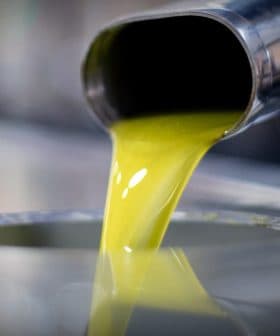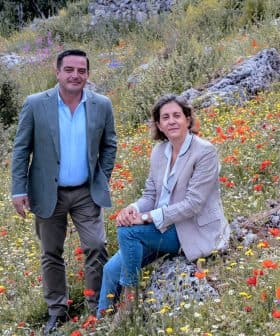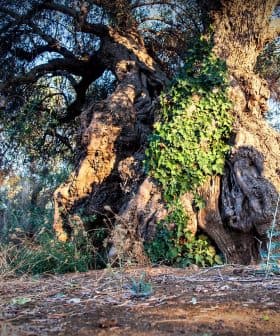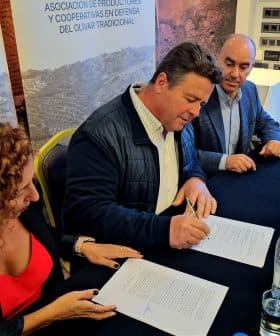Researchers Identify Xylella Vectors on Balearic Islands

A research team from the University of the Balearic Islands has identified Philaenus spumarius and Neophilaenus campestris as the main vectors of Xylella fastidiosa on the Mediterranean archipelago, with the study being the largest of its kind in Europe and taking place over three and a half years on the islands of Mallorca, Menorca, Ibiza, and Formentera. The prevalence of infected vectors in the Balearic Islands ranged from 21 to 24 percent across different crops, with almond groves showing the highest infection rate at 25.7 percent, prompting the researchers to focus on understanding the behavior and lifecycles of the vector insects to develop effective control and prevention measures.
A research team from the University of the Balearic Islands has identified two species of insects as the main vectors of Xylella fastidiosa on the Mediterranean archipelago.
The researchers from the university’s applied zoology and conservation research group found Philaenus spumarius and Neophilaenus campestris to be the two main carriers of the deadly olive tree pathogen.
The study is the largest of its kind in Europe and took place over three and a half years on the islands of Mallorca, Menorca, Ibiza and Formentera.
See Also:New Olive Trees Are Being Planted in Xylella-Ravaged PugliaThe presence of Xylella fastidiosa was first detected on the archipelago in 2016, and now Formentera appears to be the only island unaffected.
Since the project started in 2017, 23 percent of vectors captured in the Balearic Islands were infected with Xylella fastidiosa. Of the two main vector species identified, Philaenus spumarius has the highest infection rate at 23.8 percent, while that of Neophilaenus campestris is 21.3 percent.
In Mallorca, the prevalence of infected vectors was 24 percent; in Menorca, it was 21.5 percent; and in Ibiza, 21 percent. Due to the economic devastation caused by the bacterium in recent years, the team focused primarily on three main crops: olive trees, almond trees and grapevines.
Three organic farms of each crop were selected in Mallorca for annual monitoring. The islands of Menorca, Ibiza and Formentera were sampled twice a year, in summer and autumn. Insects were collected biweekly from each plot in Mallorca using a sweep net for adults and a wood frame for nymphs.
On the other islands, only adults were collected since nymphs were not present at the time of the sampling. Overall, insects captured in almond groves showed the highest Xylella infection rate, at 25.7 percent, followed by 22.8 percent in olive groves and 21 percent in vineyards.
See Also:New Projects in Puglia Emphasize Early Detection Against XylellaAlthough no infected specimens of the vector species were discovered on Formentera, both Philaenus spumarius and Neophilaenus campestris were present on the island, raising the question of why the disease has yet to spread there.
The team also observed the biological cycle of the vectors. They found that the nymphs of both species, which are non-infective, are found in ground cover at the beginning of March, where their characteristic protective foam can be observed. They then go through five nymphal stages until the first adults are observed at the end of April.
Once the ground cover has become too dry, these adults migrate to nearby trees and vines. At this stage, infection occurs when they feed on plants in which Xylella fastidiosa is already present. From this point on, the insect remains infective for the duration of its life as the bacterium reproduces inside its mouthparts.
At the end of September, the adults were observed to return to the ground cover, where they laid their eggs to hatch the following year, thus repeating the cycle.
In addition to this field research, a year-long “microcosm” trial was conducted at the university’s experimental plot in Palma, Mallorca. This consisted of observing the behaviors and lifecycles of the vector insects within 50 cages containing rosemary, mint, lavender, basil or mastic, and grass.
As there is still no treatment or cure for Xylella fastidiosa, the researchers believe that understanding the behavior and role of each vector species is essential to developing effective control and prevention measures.









